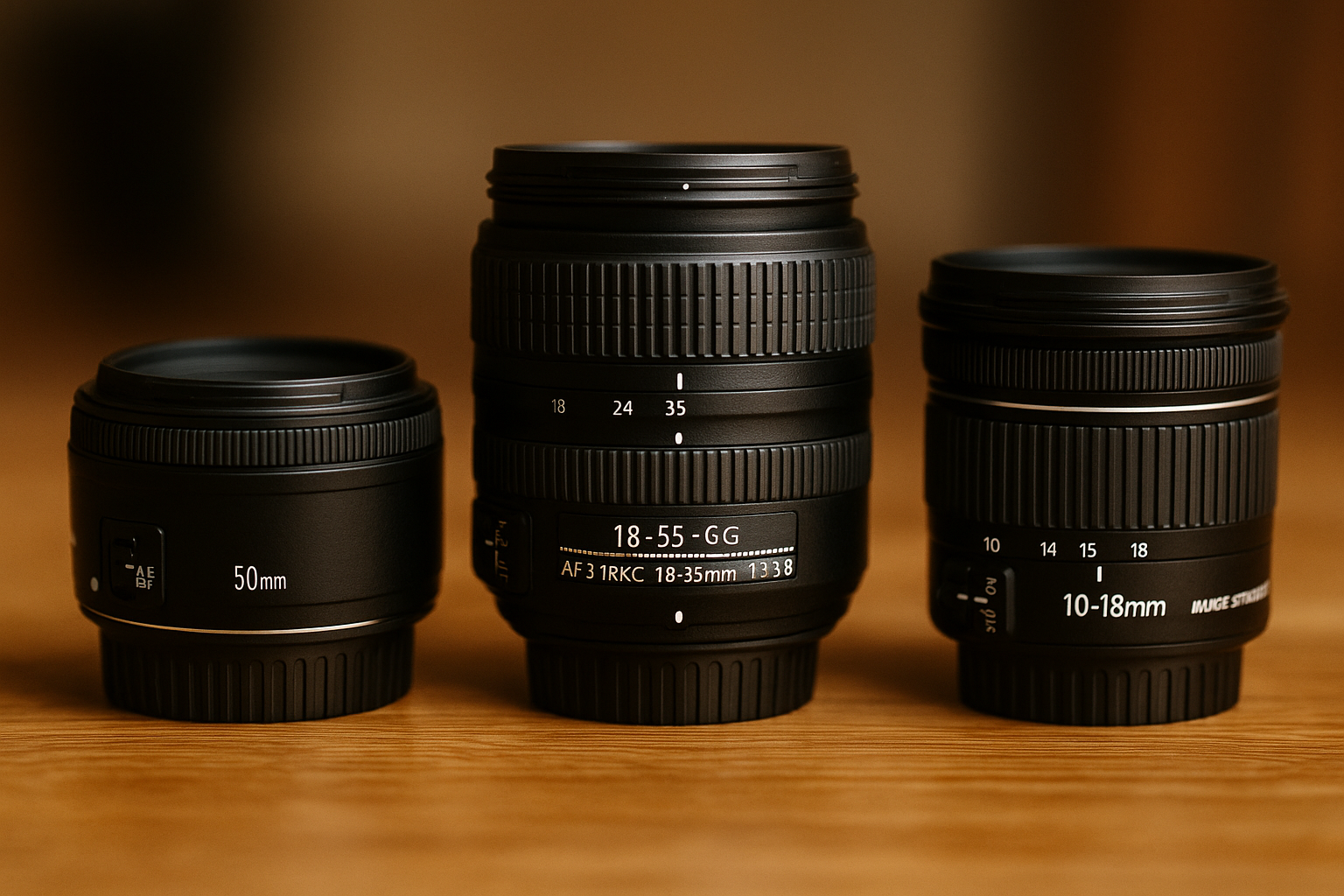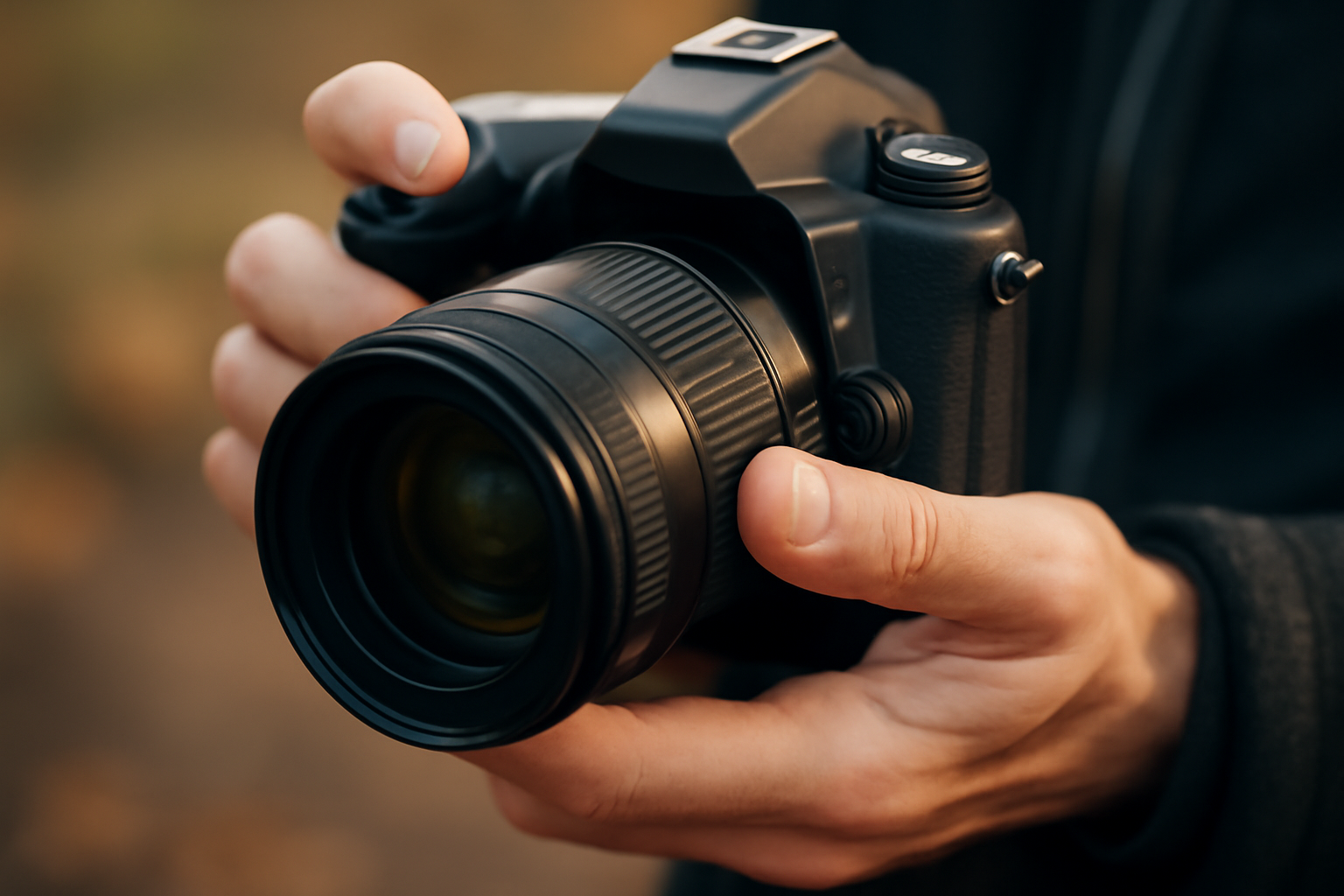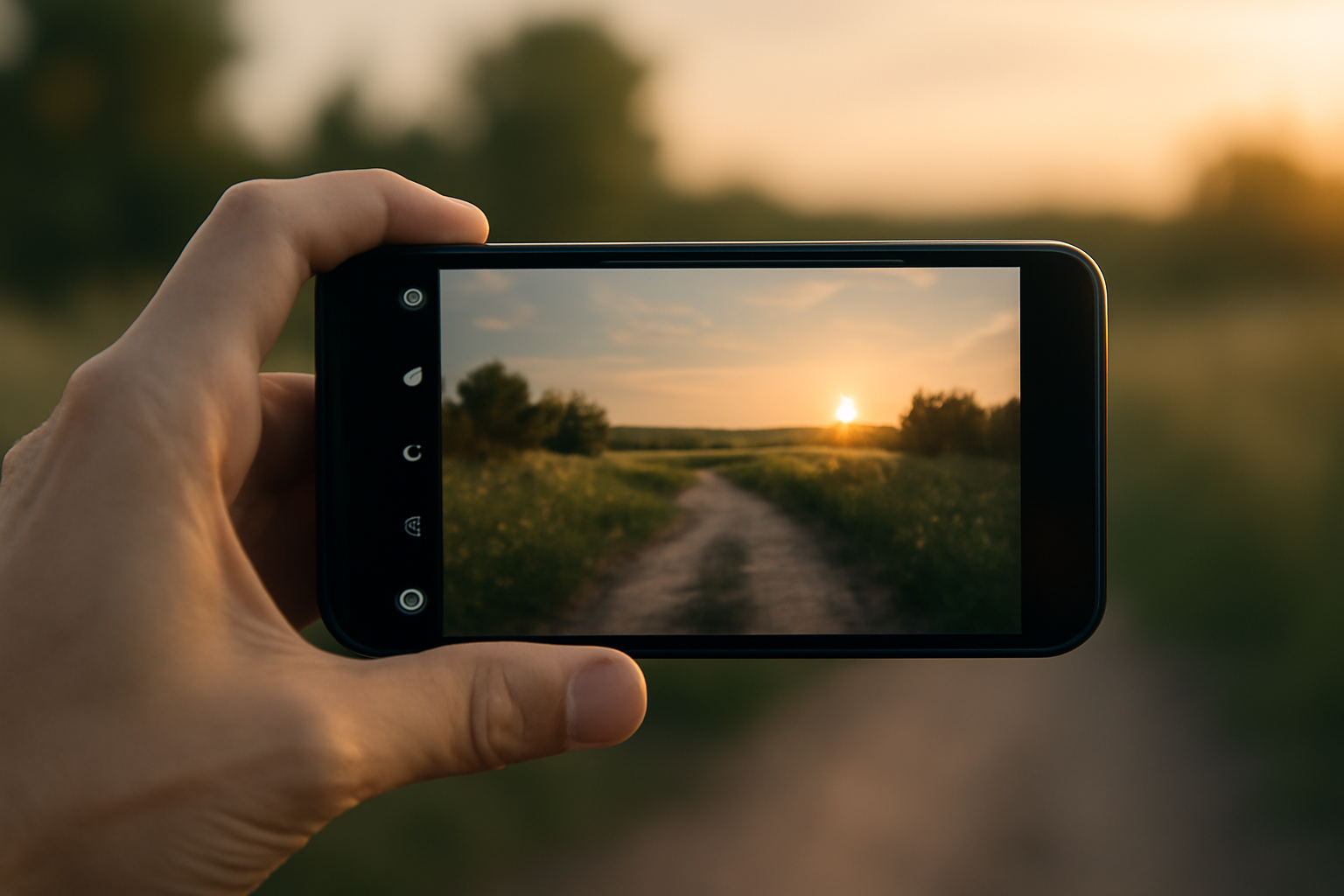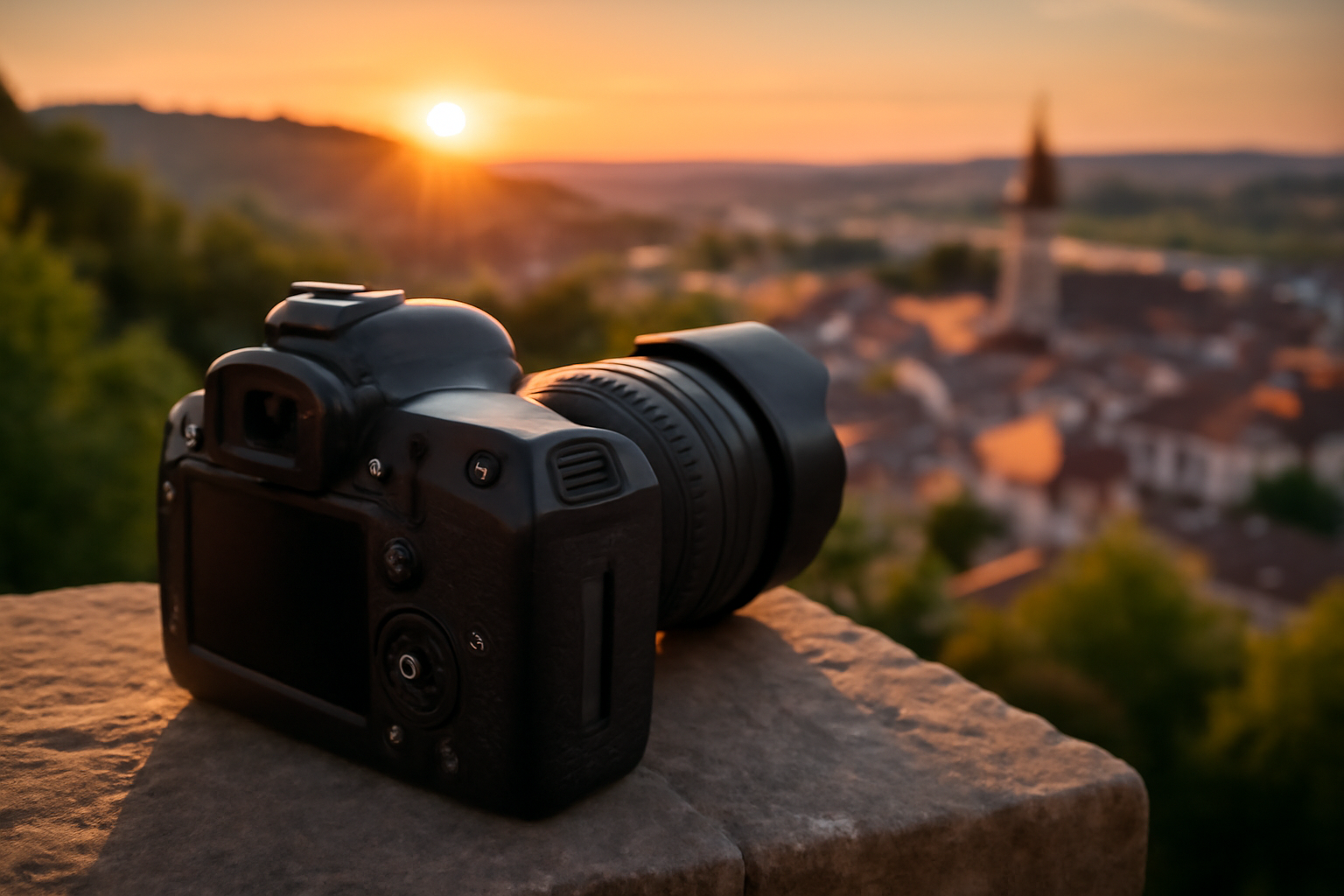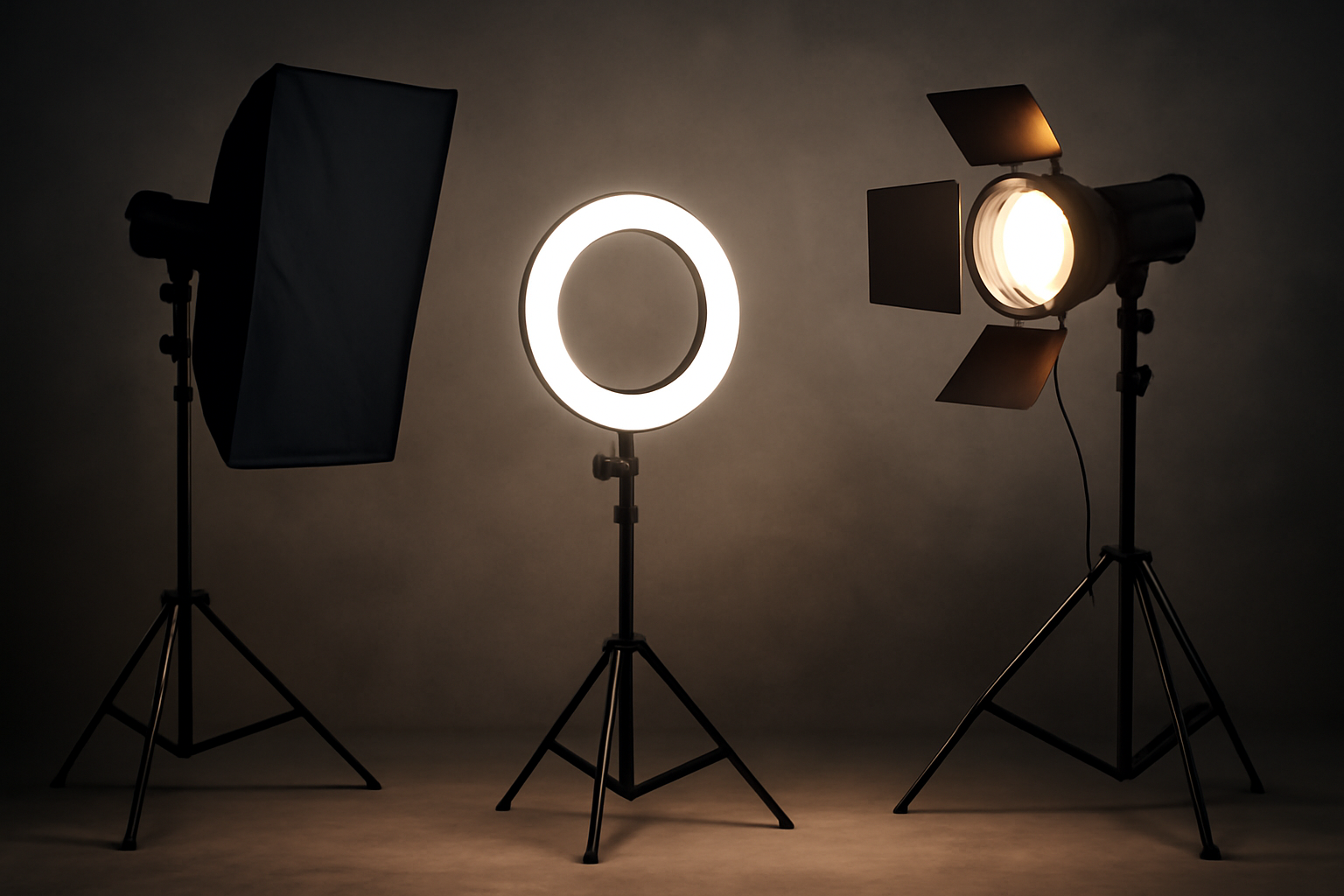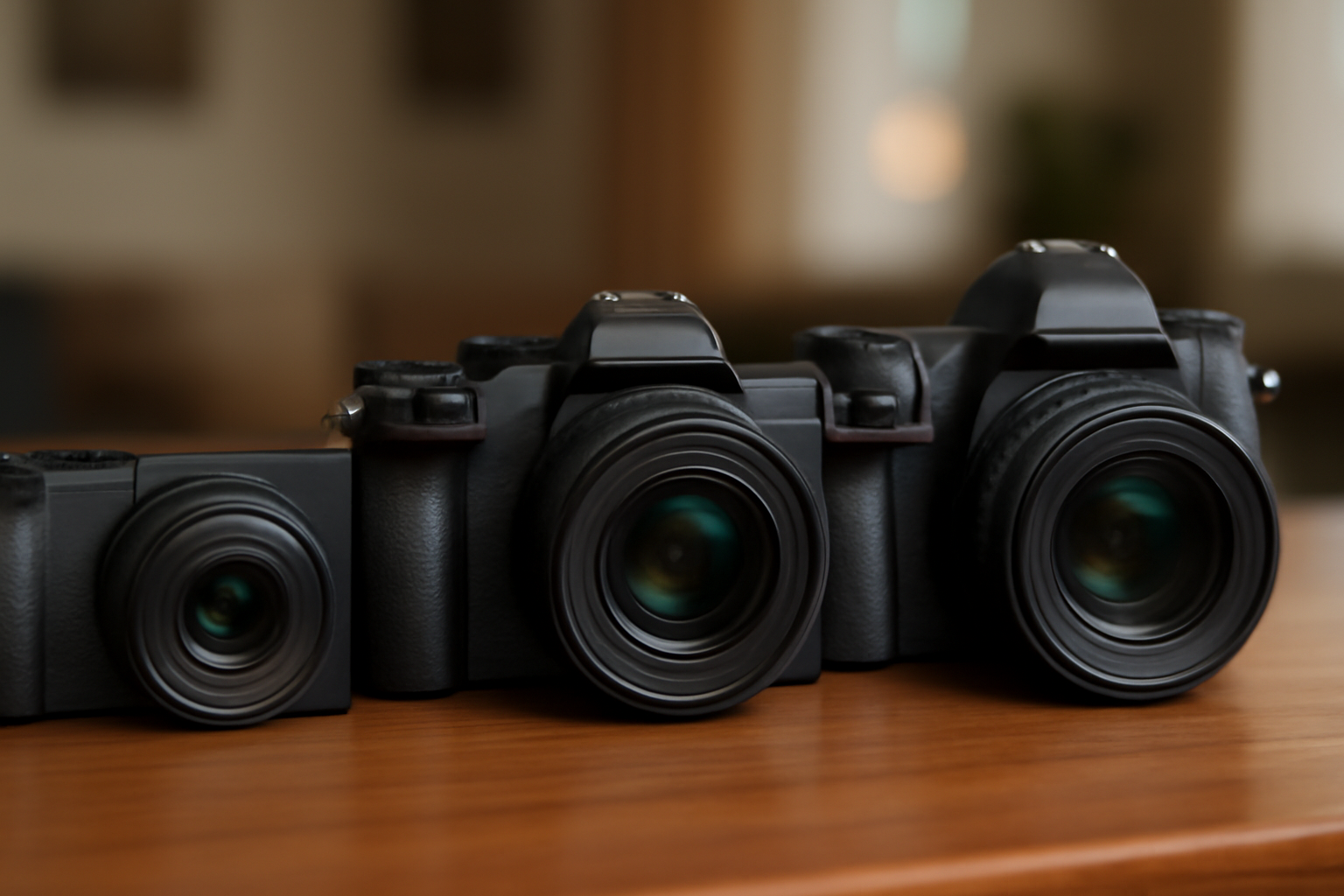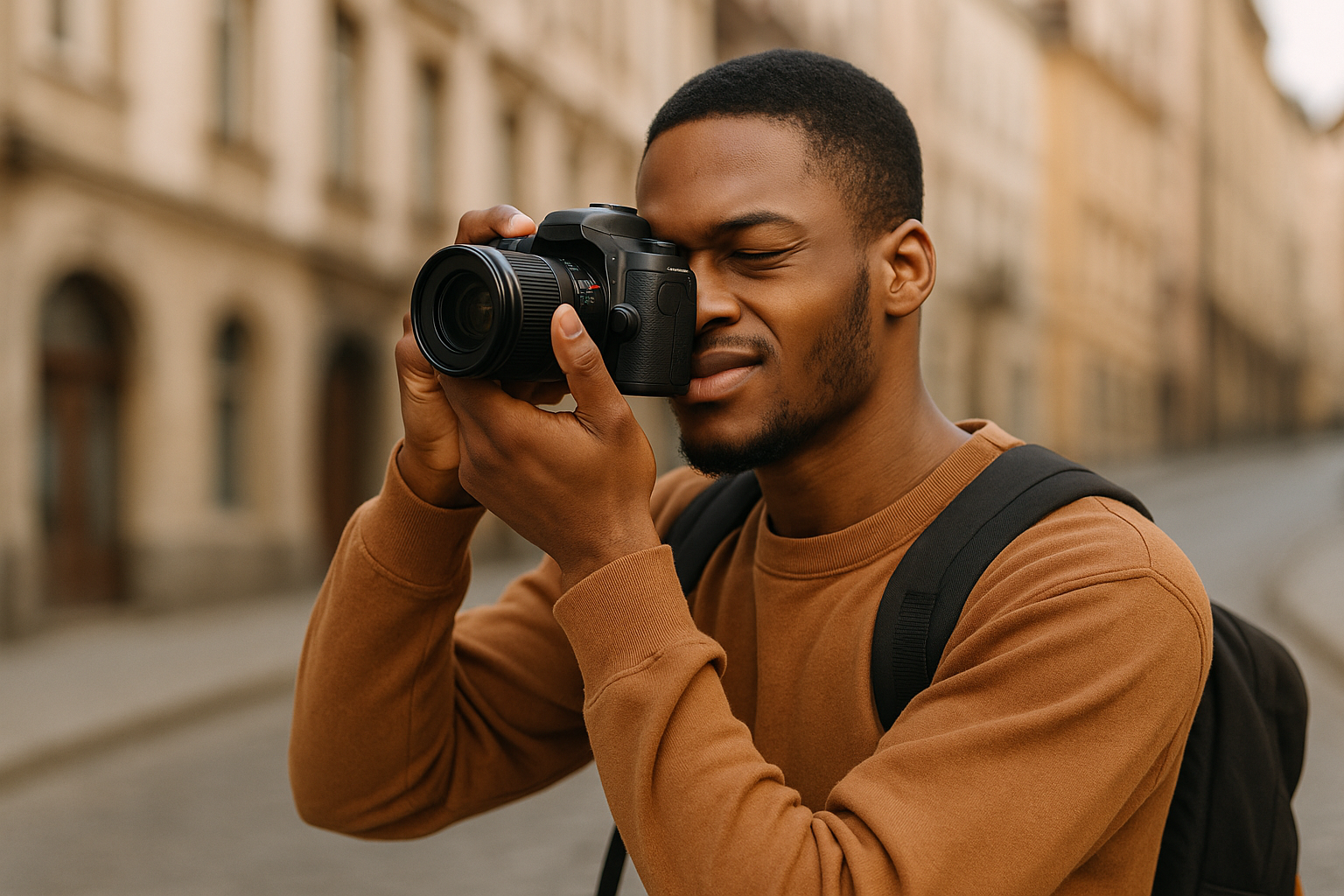One of the biggest misconceptions about photography is that you need expensive gear to take beautiful photos. Truth is, the lens you choose can make a bigger difference than the camera body itself—especially when you’re just starting out. As a beginner, investing in the right lens can unlock your creativity, sharpen your skills, and help you develop a personal style without breaking the bank.
In this guide, we’ll walk through some of the best affordable lenses for beginner photographers. These are real-world recommendations—lenses that I or other enthusiasts have tested, loved, and used to create images that matter.
Why Lenses Matter More Than You Think
Your camera sensor captures the light, but it’s the lens that decides what kind of light reaches it. Think of lenses as your photography “eyes.” A high-quality lens can:
- Improve sharpness and contrast
- Offer better low-light performance
- Give you artistic control over depth of field
- Help you shoot faster and more creatively
As a beginner, having a versatile lens makes learning more fun and rewarding. You’ll spend less time wrestling with technical limitations and more time actually improving your craft.
What to Look for in a Beginner Lens
Before jumping into specific models, let’s look at what characteristics make a lens beginner-friendly:
1. Affordability
You don’t need to start with a $1,000 lens. Many excellent lenses cost between $100 and $400 and can deliver professional-looking results.
2. Versatility
A good beginner lens should handle a wide range of scenarios: portraits, landscapes, street, and even some macro.
3. Ease of Use
Look for lenses with fast autofocus, image stabilization (when possible), and a size/weight that feels comfortable on your camera.
4. Compatibility
Make sure the lens fits your camera mount—Canon, Nikon, Sony, Fujifilm, or Micro Four Thirds systems.
Now, let’s break down the best options based on common categories of photography.
Best All-Around Prime Lens: The 50mm f/1.8 (aka the “Nifty Fifty”)
Every photographer—beginner or pro—should own a 50mm f/1.8 lens. Why?
- Wide aperture: Great for low light and beautiful background blur
- Sharp and fast: Quick to focus and tack-sharp results
- Natural perspective: Closely mimics what your eyes see
- Affordable: Often priced under $150
Available for most brands (Canon, Nikon, Sony, etc.), this lens is a powerhouse for portraits, indoor shots, and creative experimentation.
Real-world tip: I shot my first paid portrait session with a 50mm f/1.8. The client loved the results, and the creamy background blur made the images look way more professional than my gear might suggest.
It’s also small and lightweight, making it ideal for traveling light or keeping things simple during a day of casual photography.
Best Wide-Angle Budget Lens: Canon EF-S 24mm f/2.8 STM or Nikon 35mm f/1.8 DX
If you’re using an APS-C (crop sensor) camera, these lenses give you a more natural field of view.
- Canon 24mm f/2.8 STM: Super compact (pancake-style), great for travel and street photography
- Nikon 35mm f/1.8 DX: Slightly longer focal length, excellent for low light and shallow depth of field
These lenses are perfect for beginners looking to explore composition, shoot indoors, or try their hand at storytelling through wide perspectives. They’re also great for group shots and interior photography.
Best Zoom Lens on a Budget: 18-55mm Kit Lens (or Upgrade to 18-135mm)
Many beginner cameras come with a basic 18-55mm kit lens. Don’t underestimate it!
- Flexible zoom range
- Lightweight and portable
- Great for learning composition
But if you’re ready for a step up, look for an 18-135mm lens. It gives you a much broader zoom range, useful for everything from landscapes to distant subjects without changing lenses.
Pro tip: When I started shooting events, I used an 18-135mm for its convenience. I could zoom in on a speaker one moment and grab a wide crowd shot the next without swapping gear.
These zoom lenses are perfect for beginners who want to try a bit of everything before committing to more specialized lenses.
Best Portrait Lens Under $300: 85mm f/1.8 or 75mm f/1.8 (Mirrorless)
For beginners wanting to get into portrait photography, an 85mm (or equivalent) prime lens delivers that dreamy, professional look.
- Shallow depth of field
- Beautiful subject isolation
- Impressive bokeh
Look for:
- Canon EF 85mm f/1.8 USM
- Nikon 85mm f/1.8G
- Sony 85mm f/1.8 FE
- Olympus 75mm f/1.8 (for Micro Four Thirds)
These lenses are fast, sharp, and worth every penny if portraits are your passion. A strong portrait lens will help you understand lighting and composition in a deeper way.
Best Lens for Street Photography: 35mm f/1.8 or 23mm f/2 (Mirrorless)
Street photographers love these lenses because they’re fast, discreet, and versatile. You can shoot anything from people to architecture with ease.
- Fujifilm 23mm f/2 WR
- Sony 35mm f/1.8 OSS
- Canon RF 35mm f/1.8 IS Macro STM
Compact enough to keep your kit lightweight, these lenses are also great for storytelling.
They’re also a fantastic choice for environmental portraits, café scenes, and spontaneous moments—key ingredients in a beginner’s visual storytelling journey.
Best Macro Lens on a Budget: Tokina 100mm f/2.8 or Canon EF-S 60mm Macro
Want to get close and capture the details? Try macro photography with these budget-friendly lenses.
- Tokina 100mm f/2.8 (available for Nikon and Canon)
- Canon EF-S 60mm f/2.8 Macro
Great for beginners who want to experiment with flowers, textures, and small subjects.
Example: I once used a budget macro lens to photograph dewdrops on leaves early in the morning—those shots still get the most compliments in my portfolio.
Third-Party Brands Worth Exploring
Don’t overlook third-party manufacturers like Sigma, Tamron, Samyang, and Viltrox. These companies offer impressive optical quality at a fraction of the price.
- Sigma 30mm f/1.4 DC DN: Amazing for low light and creative depth of field
- Tamron 17-50mm f/2.8: A solid alternative to pricier zooms
Always double-check compatibility and autofocus performance with your specific camera body.
These brands often push innovation by offering features like constant f/2.8 apertures and unique focal ranges that aren’t always available in first-party lenses.
Buying Tips: How to Save Money on Lenses
Here are a few quick ways to build your lens collection without going broke:
- Buy used: Reputable stores often test and rate used gear with warranties.
- Look for refurbished models: These come from the manufacturer, usually inspected and like-new.
- Bundle deals: Some retailers offer discounts when you buy a body and lens together.
- Check local groups: Facebook Marketplace or local photography communities sometimes have excellent deals.
One of the best decisions I ever made as a beginner was buying a used lens that had a few cosmetic scratches but worked flawlessly. I saved nearly 40% and used it for years.
Starter Kits: Example Lens Combos by Style
To help you build a kit that works, here are a few lens pairings based on photography styles:
- Portrait Lovers: 50mm f/1.8 + 85mm f/1.8 for stunning shallow depth of field and flattering compression.
- Travel and Street Shooters: 24mm f/2.8 + 35mm f/1.8 for compact, versatile setups.
- All-Around Beginners: 18-55mm kit lens + 50mm f/1.8 for flexibility and creativity.
- Macro Enthusiasts: 50mm f/1.8 + Tokina 100mm macro for variety and detail shots.
These combinations give you coverage, quality, and room to grow—without exhausting your budget.
How to Choose the Right Lens for You
With so many choices, how do you decide?
1. Identify Your Style
- Do you love portraits? Go for a fast prime.
- Want flexibility? A zoom might be better.
- Into travel or street? Look for compact lenses.
2. Think Long-Term
Try to invest in lenses that will grow with you. Even if you upgrade your camera later, a good lens will likely remain useful.
3. Try Before You Buy
Whenever possible, rent or borrow a lens before committing. This helps you understand what feels right in your hands and fits your shooting style.
Ask yourself: does the lens make me want to shoot more? That’s usually a sign it’s the right one.
Final Thoughts: It’s Not About the Gear—It’s About the Vision
The best budget lens is the one that fits your current needs, inspires you to shoot more, and doesn’t make you hesitate to take your camera out of the bag.
You don’t need a $2,000 lens to take amazing photos. What you need is a willingness to experiment, a good understanding of your tools, and a love for telling stories through images.
Start small, but shoot big. Let your lens be your window to creativity, and let your creativity be bigger than your budget.
Every image you create is a step forward. Every lens you use becomes a new perspective on the world. The right gear is the one that helps you grow—not just technically, but emotionally, as a storyteller.

